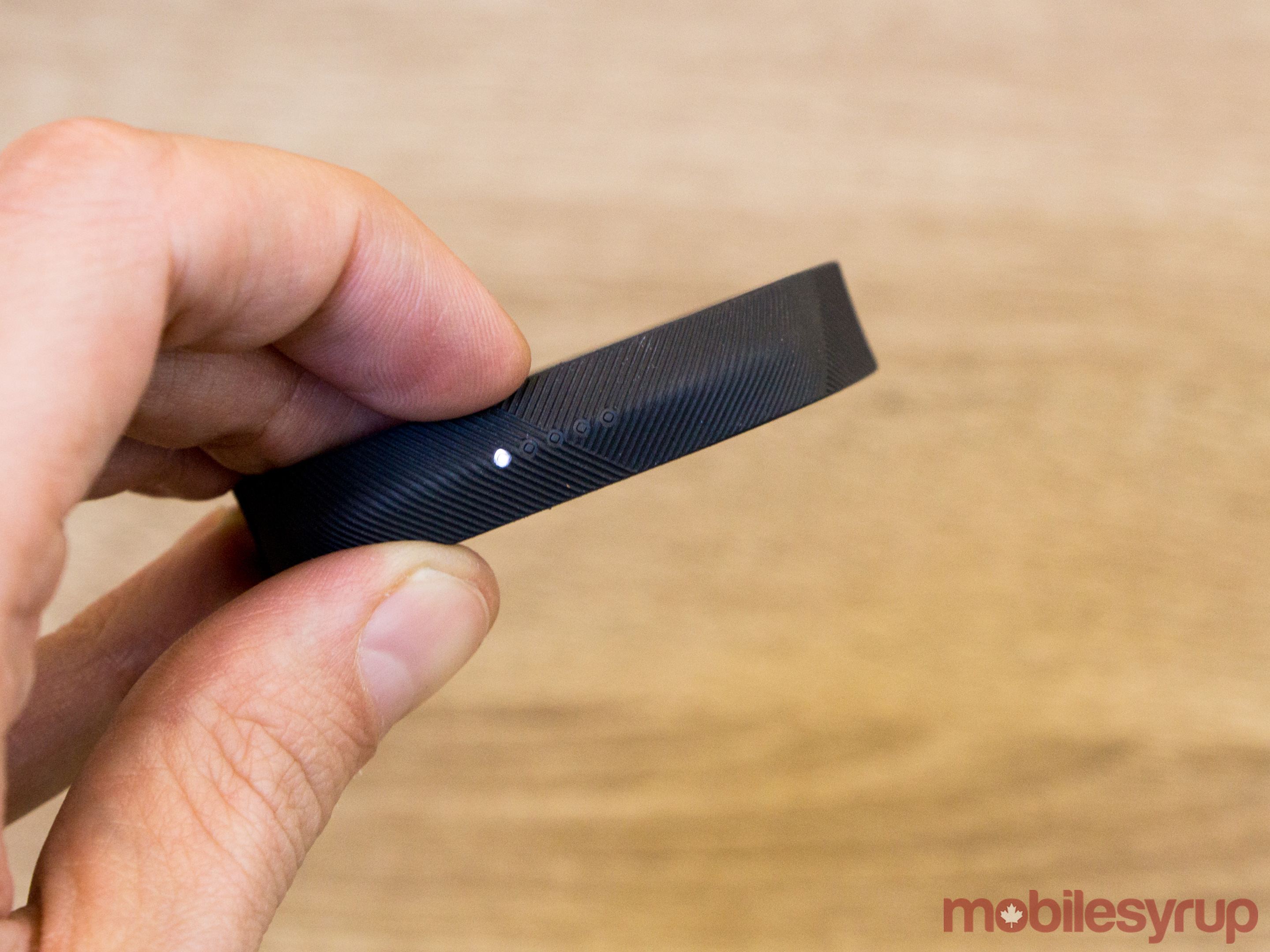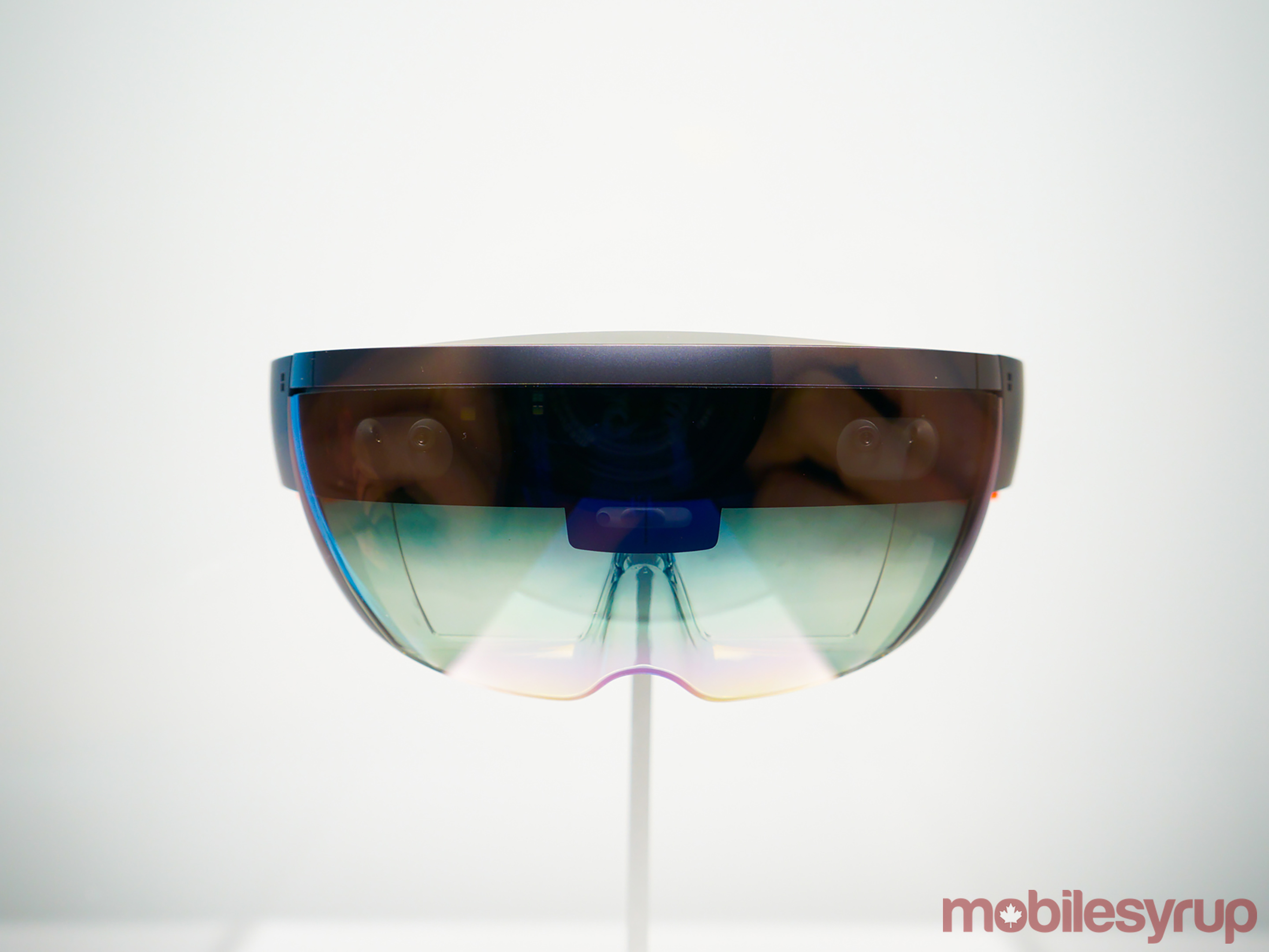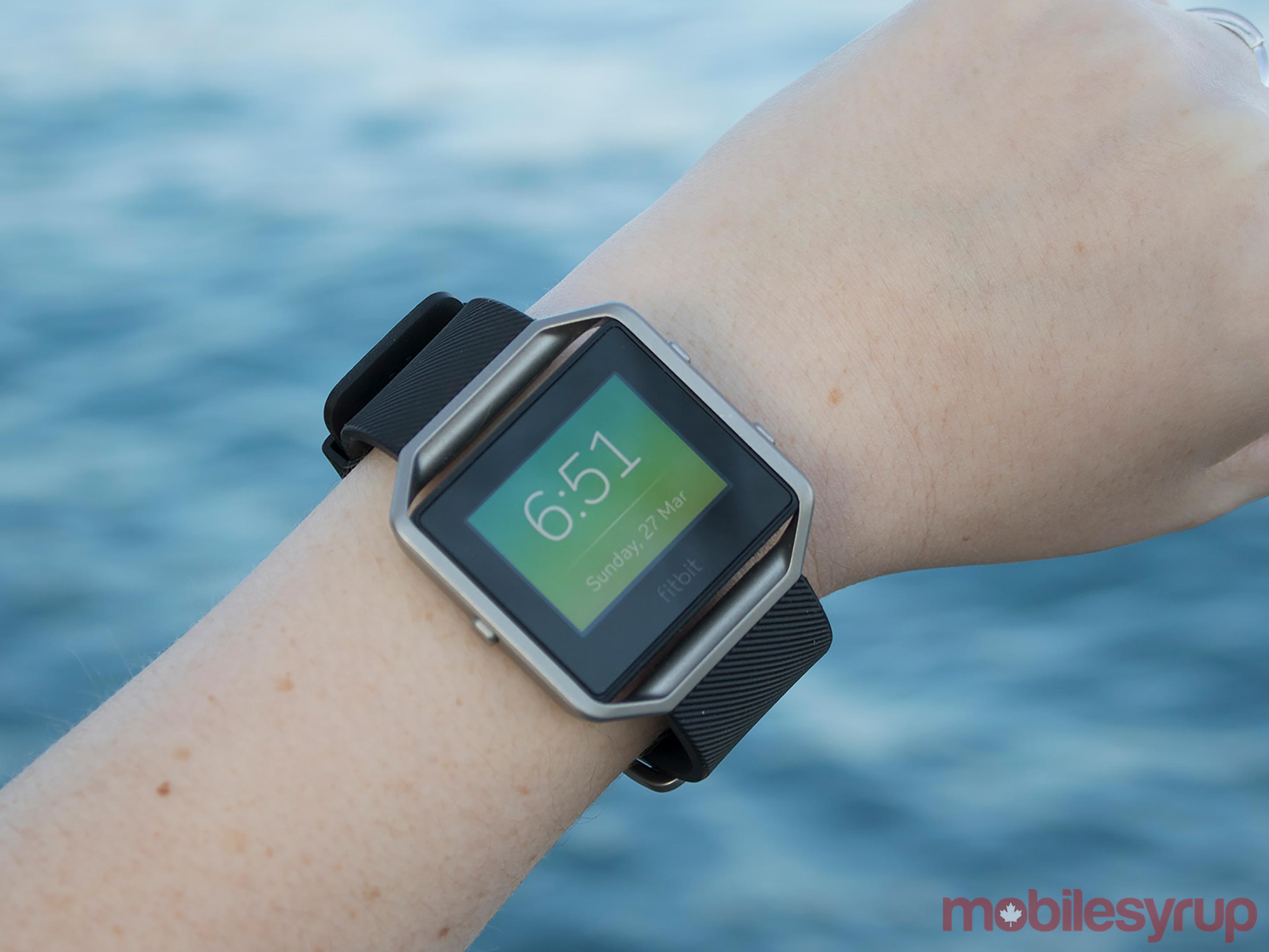
The wearable world has certainly seen a significant number of changes in 2016.
At the end of 2015 I looked into my connected crystal ball and outlined 11 wearable tech predictions I expected to come true in this tech sector in 2016. I’m taking a look back at these to see which ones I got right and which were total misses.
1. Hype begins to fade as wearables make their way down the trough
Grade: Somewhat right
In August of 2015, Gartner’s 2015 Hype Cycle for Emerging Technologies positioned wearable tech as being on the cusp of the “Trough of Disillusionment.” I predicted this meant the year was “go time” for many wearable categories as the newness of these devices faded and a need to show legitimate value became expected. I was right, especially when it comes to fitness bands and smartwatches. IDTechEx’s report published in July of 2016 perfectly articulated the state of wearables for 2016.
“Fuelled by a frenzy of hype, funding and global interest, wearable technology was catapulted to the top of the agenda for companies spanning the entire value chain and world. This investment manifested in hundreds of new products and extensive tailored R&D investigating relevant technology areas. However, the fickle nature of hype is beginning to show, and many companies are now progressing beyond discussing ‘wearables’ to focus on the detailed and varied sub-sectors,” reads the report.
But not all categories moved out of the hype bubble. While most of the buzz in 2015 was focused on fitness bands and smartwatches, 2016’s headlines and investment activity were dominated by excitement around virtual reality, which many believe is the next bubble to burst.
I also predicted that in 2016 we would see wearables further down the hype cycle in Gartner’s updated report; in this case, I was was somewhat right. Wearable devices did indeed slide down into the “trough” but not on the 2016 Hype Cycle for Emerging Technologies, where it was oddly missing entirely, but rather on Gartner’s Hype Cycle for Personal Technologies. Gartner also published a wearables only Hype Cycle this year for its paid members which identified where individual wearable categories are positioned in terms of mainstream adoption.
2. The wearable melting pot gets taken off the stove
Grade: Nailed it
One of my biggest pet peeves surrounding wearable tech heading into 2016 was the word “wearables.” I felt that the use of this term encouraged users and media alike to talk about smart glasses, fitness trackers and smartwatches as if they are all the same devices. I had hoped that we would take the melting pot off the stove and I believe we have.
Again, Gartners 2016 Wearables Hype Cycle is a good example of this. This report outlines 31 categories of wearables and places each at different points of adoption. Furthermore, I have also noticed a marked decline in the number of headlines and stories that talk about wearable technology from a broad perspective, with news instead adopting individual categories.
This is echoed in the number of searches being done with the term “wearable technology,” which according to Google Trends saw a sharp decline in 2016 compared to 2015. Google searches for individual wearable categories such as “fitness tracker,” “smartwatch“ and even “smart glasses“ were all on the rise.
3. Data begins to eat hardware
Grade: Somewhat right
I expected 2016 would be all about wearable data, and more importantly, how this data was being used to help convince users to actually use wearable devices. Machine learning and cognitive computing are the missing ingredients when it comes to providing users with insight and analysis, rather than just presenting data.
While we did see a focus on AI and machine learning in 2016, this technology was more focused on chatbots, voice-assistants, self-driving cars and robotics, rather than its use in wearables. Another interesting area of development is the mixed reality space, with devices like Microsoft’s HoloLens leading the way.
The commitment to this burgeoning area, especially from big players like Microsoft, Google and Facebook, mean that it’s only a matter of time until wearable data is utilized to add further context to our online, mobile and other connected experiences. With players such as Salesforce and IBM committed to the wearable space, and wearable device makers beginning to seek regulatory approval, we are sure to see more insightful applications coming soon.
4. Wearables join drones, smart fridges and connected toys as targets for hacks
Grade: Somewhat right
I put my dystopian hat on when I predicted that adoption of wearables and other connected devices would attract hackers causing large security breaches in 2016. I had hoped that I was wrong about this one but unfortunately that wasn’t the case. Luckily 2016 saw minimal damage.
2016 started off with a “malicious attack” with fraudsters getting access to Fitbit accounts including user GPS data. While later in the year, researchers from Stevens Institute of Technology published a study on how easy it would be for hackers to figure out your ATM pin from your smartwatch.
Smart Bear toys from Fisher-Price were found to be vulnerable to hacking, exposing personal information not too long after 2015’s “Hello Barbie” scandal. Just in time for the holidays, the U.S. Senate published a report raising data security and privacy concerns around connected toys.
Furthermore, though we didn’t see drones getting hacked to the same extent as the robotic bees in the last episode of the latest season of Black Mirror, a team at Johns Hopkins made drones crash to expose their security flaws.
5. Wearables will not disappear in 2016, sorry
Grade: Nailed it
Wearables did not become invisible in 2016. My prediction that people would continue to use wearable tech that looked more like a traditional gadget, rather than a fashion accessories, was an accurate one. Despite Fossil pumping out a ton of wearables under fashion brands Kate Spade, Diesel, Armani and Michael Kors, and Apple releasing new bands from Hermes for the Apple Watch, the wearable winner in 2016 was Fitbit with the company reporting the clunky Charge 2 as its top seller.
According to Amazon, Fitbit and Garmin devices — which are not always known for their pleasing aesthetic — were the most popular holiday purchases under the tree.
That said, we did see a number of important partnerships and launches this year, suggesting that it’s only a matter of time until all wearables have a sense of style. 2016 saw Snapchat release a very wearable pair of camera glasses called Spectacles. WiseWear’s socialite smart jewellery collection designed in partnership with fashion icon Iris Apfel, went on sale at Saks Fifth Avenue, and Italian glasses designer, Saflio, recently announced a partnership with InteraXon, makers of the Muse, to create a wearable dedicated to mental focus and personal well-being.
6. Fitbit will continue its fitness wearable reign
Grade: Nailed it
If there was one wearable I bet would be on the bodies of the mainstream in 2016, it was still going to be a fitness band. I expected that Fitbit will continue its dominance in this space and this is exactly how things played out.
According to IDC’s latest worldwide wearable report, basic wearables which are mostly made up of fitness bands, accounted for 85 percent of wearable shipments in Q3 of 2016. Fitbit topped the big five players in the space with 23 percent of the market share followed by Xiaomi at 16.5 percent, Garmin with 5.7 percent, Apple at 4.9 percent, and Samsung with 4.5 percent. Fitbit’s growth is mainly related to new products launching this year including the Charge 2, Flex 2, Alta and Blaze. In November of this year, Fitbit reported that these new products and related accessories comprised 79 percent of Q3 2016 revenue, compared to 54 percent in Q2 2016.
But where I did miss the mark on this prediction was on how far Fitbit would push outside its core fitness offerings. I had hoped that in 2016 we would see Fitbit start to open its platform up to offer payments and other value-added use cases, but this was not the case.
Fitbit did make two critical acquisitions, however, suggesting that this shift could still be coming. In May the company acquired the wearable payment assets from financial company Coin, and in December it purchased assets from the smartwatch maker that started it all, Pebble, including some of its engineers as well as the company’s wearable operating system and app ecosystem.
7. Next generation smartwatches will provide a better foundation for apps
Grade: Failed
While we did see next generation hardware and operating system updates in the smartwatch category, what didn’t emerge in 2016 were killer apps which I had hoped would prove their value. On the Android side this may have been due to the delay of Android Wear 2.0, which is now set for release in early 2017.
Android Wear 2.0 is a massive overhaul of Google’s smartwatch operating system that introduces standalone apps and a dedicated Play Store accessible from the watch. Apple’s watchOS 3.0 was released this year and although it did make the smartwatch perform better, we didn’t see many new apps released for the smartwatch.

But where I think I went wrong with this prediction is my belief that an app ecosystem is necessary for smartwatches to succeed. I have worn the Apple Watch since its initial launch and can count on one hand the number of times I attempted to open an app on my smartwatch; I just don’t see the need.
Instead what I would like to see is a better use of notifications, complications and glances that are unique to the smartwatch platform, as well as smartwatch data being utilized to enrich existing mobile and web experiences. Maybe 2017 will prove me wrong.
8. Mobile VR will have a banner year while dedicated devices will drive innovation
Grade: Nailed it
2016 was definitely a big year for VR. HTC, Facebook (Oculus), Google, Sony and Samsung all shipped devices in 2016, finally making VR a reality. A new report from Canalys suggests that over 2 million VR headsets will have shipped in 2016, not including mobile VR devices. The study also suggests that Sony’s Playstation VR will come out the market leader.
A recent report from Tractica echoes my original prediction that mobile VR would make up most of the adoption of VR in 2016. Tractica estimates that more than 88 percent of all consumer-grade VR head-mounted displays (HMDs) sold in 2016 were mobile headsets, sizing the 2016 market at over a $1 billion USD worldwide.
I had also predicted that high performing virtual reality devices like the Rift and Vive would drive innovation in entertainment and enterprise, while mobile VR would leverage 360 content as a key to adoption, and it looks like this was the case. YouTube, Netflix, Facebook, Disney and Hulu all created 360 content this year that’s accessible on mobile VR devices.
We did, however, see Rift and Vive content push the envelope with social with apps like High Fidelity and AltSpace, education-focused experiences such as LifeLiqe, the enterprise space with VividVision and EnvelopVR, as well as the reimagination theatres and arcades via VivePort and IMAX’s VR centres.
9. The enterprise sees success through the lens of smart glasses
Grade: Nailed it
I had hoped that in 2016 we would see success stories surface of wearables as effective tools in the enterprise space and I am pleased to say this happened. DHL reported that the use of smart glasses drove a 25 percent increase in efficiency via a pilot program with Ubimax using Vuzix devices, leading to a global roll-out of DHL expanded programs for Vision Picking.
Microsoft teamed up with Thyssenkrupp and saw HoloLens reduce the average length of Thyssenkrupp’s elevator service calls by four times. Boeing announced that it is using Google Glass to build airplanes. Tesla confirmed the use of wearables to increase production efficiency in the factory. Finally, one of the biggest funding rumours of 2016 surrounded DAQRI, which is reportedly seeking to raise $200 million, according to a Bloomberg report, for its enterprise-focused AR smart helmet.
10. Smart clothing continues to be a niche, new tools emerge for designers
Grade: Somewhat right
2016 was a quiet year for smart clothing. Despite fitness apparel launches by smart clothing leaders Athos, Hexoskin, Sensoria and OMsignal, I was right in my prediction that this segment of wearable tech continues to remain niched to sports and fitness. I was also accurate in saying that 2016 would not be the year gym goers begin packing smart shorts regularly in their gym bags.
I had hoped that in 2016 a major player like Under Armour would get in the smart garment game, but this didn’t entirely happen. Though, at the top of 2016, Under Armour CDO Robin Thurston did promise that within the next few years all of its products would have “something smart in it.”
It seems as though 2017 may be the year we see activity in this category of wearable tech. While details of Google and Levi’s much anticipated smart commuter jacket did get released this year, both the jacket and developer access to its platform will not be available until 2017. A 2017 launch date is also expected for famed smart clothing designer Billie Whitehouse’s connected yoga clothing, Nadi.
11. Jedi envy, BCI hype heats up
Grade: Nailed it
Finally, I predicted that in 2016 we would see brain-computer interface technology (BCI) be heavily explored with neurogaming, people with disabilities and the use of our mind in relation to VR, robots and IoT. We definitely saw some incredible stories published this year.
In January of 2016 we begun the year with an announcement from DARPA on its commitment to develop a brain-computer interface. In August, news broke of BCI used to help paralyzed patients regain partial movement. Stanford researchers showed us in September how brain signals could be used to type. Back in October, We also saw a DARPA funded project that let a man with spinal injury feel robotic fingers using a brain-computer interface. This same month, the Cybathalon, the first Cyborg olympics, held a brain-computer interface race in Zurich. And in December, BCI startup Neurable received $2 million in seed money to explore the use of this technology into AR and VR content.
While BCI continues to be mostly contained to research and development and academic research, it’s clear that this powerful technology is experiencing advancements that will be game changing when it reaches mainstream users.









